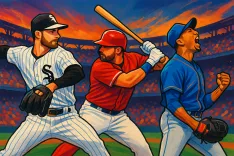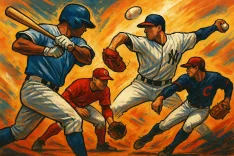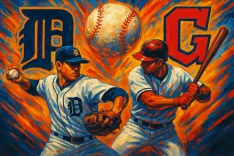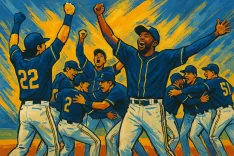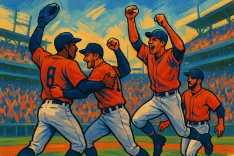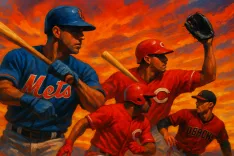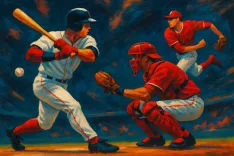Major League Baseball Trade Deadline Analysis: Winners and Losers
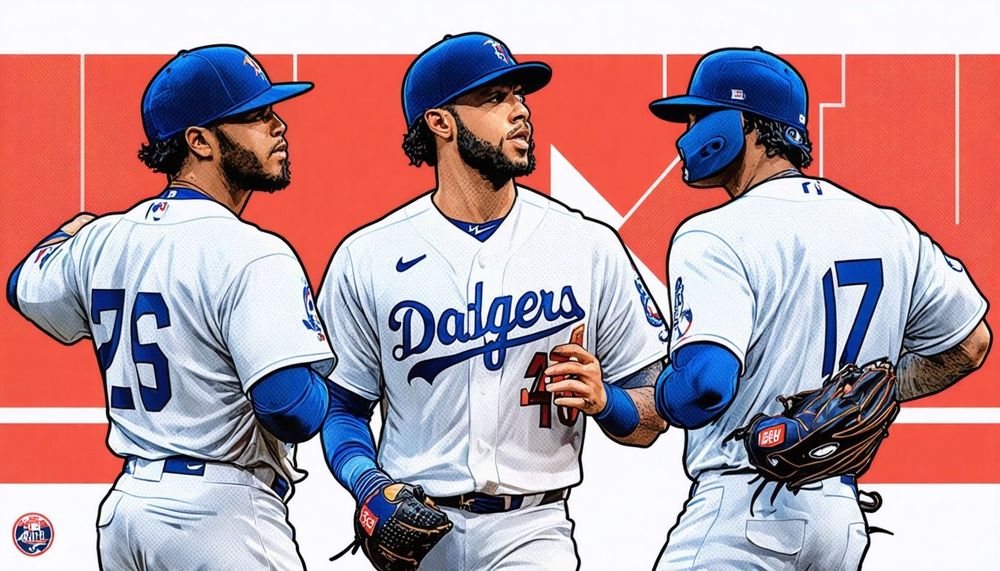
As the Major League Baseball trade deadline approached, the initial outlook suggested a potentially calm period leading up to Thursday evening. Contrary to expectations, a flurry of significant trades occurred, including key moves involving players such as Carlos Correa, Mason Miller, and Eugenio Suárez. These transactions have notably shifted the landscape and raised questions regarding the trajectories of various teams across the league.
One standout deal involved right-handed pitcher Mason Miller, known for his impressive fastball reaching upwards of 103 MPH and a dominant slider that has confounded hitters. Since making his debut, opponents have achieved a mere .126 batting average against him, showcasing his potential. However, acquiring Miller from the Athletics required substantial compensation, including top prospect Leo De Vries, an 18-year-old shortstop ranked third overall in baseball. The trade saw the Padres part with multiple prospects, creating a scenario that appears advantageous for both teams. The Padres not only addressed their pitching needs but also acquired LHP JP Sears, while the Athletics secured pieces that may benefit them long-term, including pitcher Braden Nett and two additional arms in Henry Baez and Eduarniel Núñez.
In Minnesota, the aftermath of Pablo López's shoulder injury has been keenly felt, as it has contributed to a disappointing performance from the Twins since his injury. The team has made significant roster changes, shedding several players during this trade cycle, notably shortstop Carlos Correa and pitchers Jhoan Durán and Griffin Jax. With the Twins staring down a challenging outlook, the franchise finds itself in a rebuilding phase, evidenced by Byron Buxton's comments regarding his future in Minnesota. Meanwhile, the Chicago White Sox have taken a different route, opting not to make substantial moves despite their current position in the standings. In contrast, the Chicago Cubs, sitting just outside of the best record in baseball, made modest upgrades to their roster, acquiring utility player Willi Castro and pitchers Michael Soroka and Taylor Rogers, but many view these as insufficient for a playoff push.
The New York Mets have actively worked to improve their bullpen, addressing a chronic weakness with the acquisition of rental relievers, including Ryan Helsley, Tyler Rogers, and Gregory Soto. While these additions could bolster their postseason prospects, they also came at the cost of several key prospects, which raises questions about the long-term implications of these decisions. On the other hand, the St. Louis Cardinals have found themselves at a crossroads, unable to execute a comprehensive fire sale due to the presence of no-trade clauses held by several key players. Instead, they received minimal returns for their transactions, underscoring a troubling trend of stagnation within the organization.
In a notable move, the Philadelphia Phillies were able to acquire right-handed pitcher Jhoan Durán from the Twins at an unexpectedly low cost, while also securing outfielder Harrison Bader. This strategy highlights the Phillies' clever maneuvering in the market, maintaining their core young talent while enhancing their roster. Conversely, the Los Angeles Dodgers watched the market closely, with significant competition in the NL West. As other teams made aggressive moves, they retained a relatively stable roster, banking on the return of players from the injured list. Lastly, the Miami Marlins opted to remain prudent at the deadline, holding onto their key starters amidst a marketplace that favored trades for pitching. Their decision to not engage in unnecessary deals reflects a focus on long-term growth rather than short-term gains, despite the pressure to produce results.
